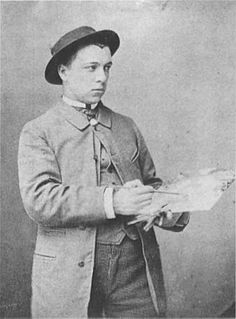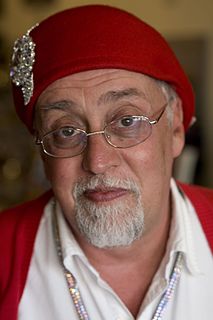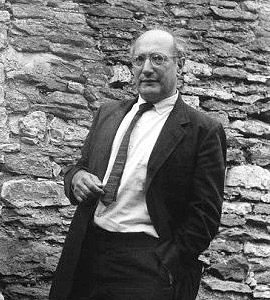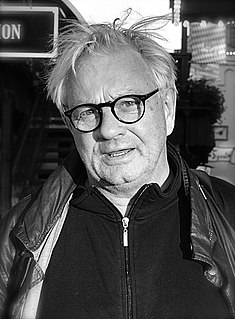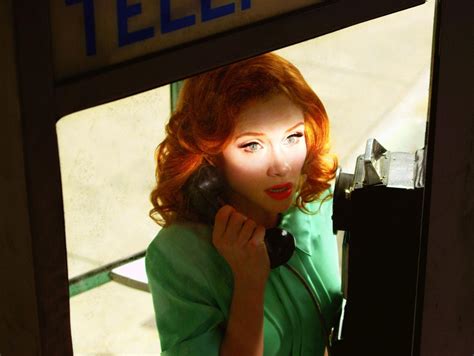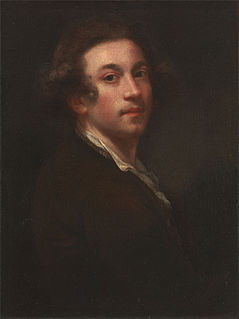A Quote by Paul Signac
Art is a creation of a higher order than a copy of nature which is governed by chance.... By the elimination of all muddy colors, by the exclusive use of optical mixture of pure colors, by a methodical divisionism and a strict observation of the scientific theory of colors, the neo-impressionists insures a maximum of luminosity, of color intensity, and of harmony- a result that has never yet been obtained.
Related Quotes
My choice of colors does not rest on any scientific theory; it is based on observation, on feeling, on the experience of my sensibility. Inspired by certain pages of Delacroix, an artist like Signac is preoccupied with complementary colors, and the theoretical knowledge of them will lead him to use a certain tone in a certain place. But I simply try to put down colors which render my sensation.
But what I attach great importance to is observation of the movement of colors. It is only in this way that I have found the laws of complementary contrast and the simultaneity of those colors that nourish the rhythm of my vision. There I find the representative essence — which does not arise from a system or an a priori theory.
We may say that feelings have two kinds of intensity. One is the intensity of the feeling itself, by which loud sounds are distinguished from faint ones, luminous colors from dark ones, highly chromatic colors from almost neutral tints, etc. The other is the intensity of consciousness that lays hold of the feeling, which makes the ticking of a watch actually heard infinitely more vivid than a cannon shot remembered to have been heard a few minutes ago.
I like to use really basic or classic colors, things that people have seen over and over and over again. Primary colors, at least in photography, have been around a lot longer than neon colors and really vibrant purples, hot pinks. Red, blue, yellow, orange - because of Kodachrome and the way that things were produced I think that those colors stood out more than any others.
